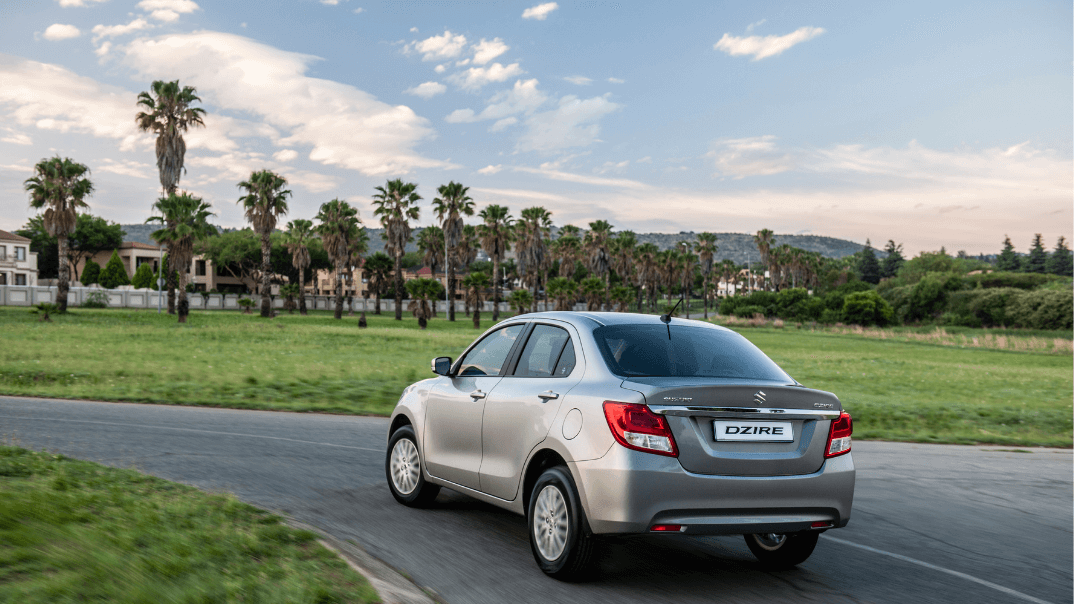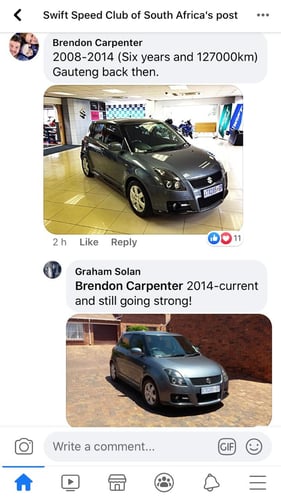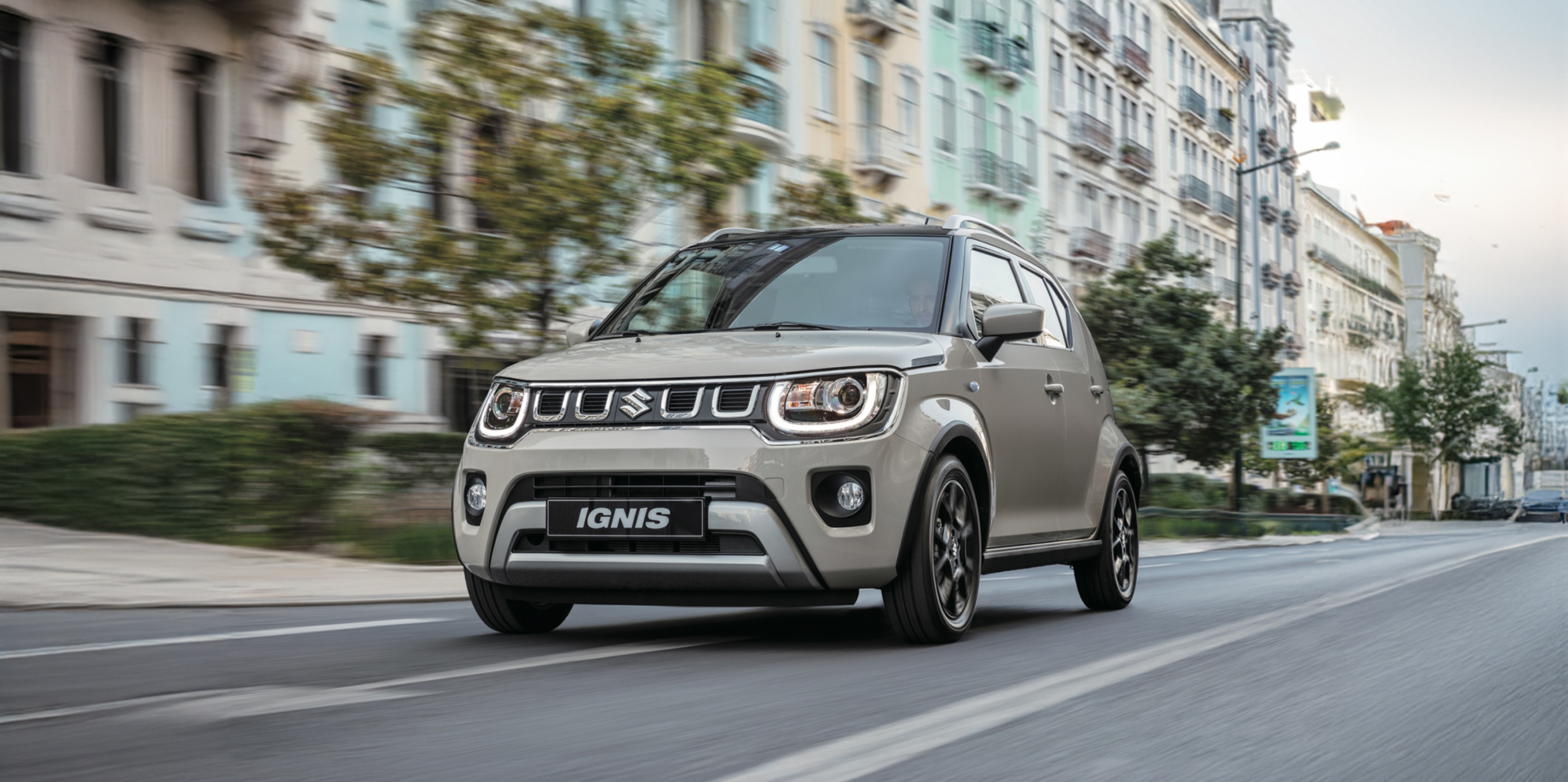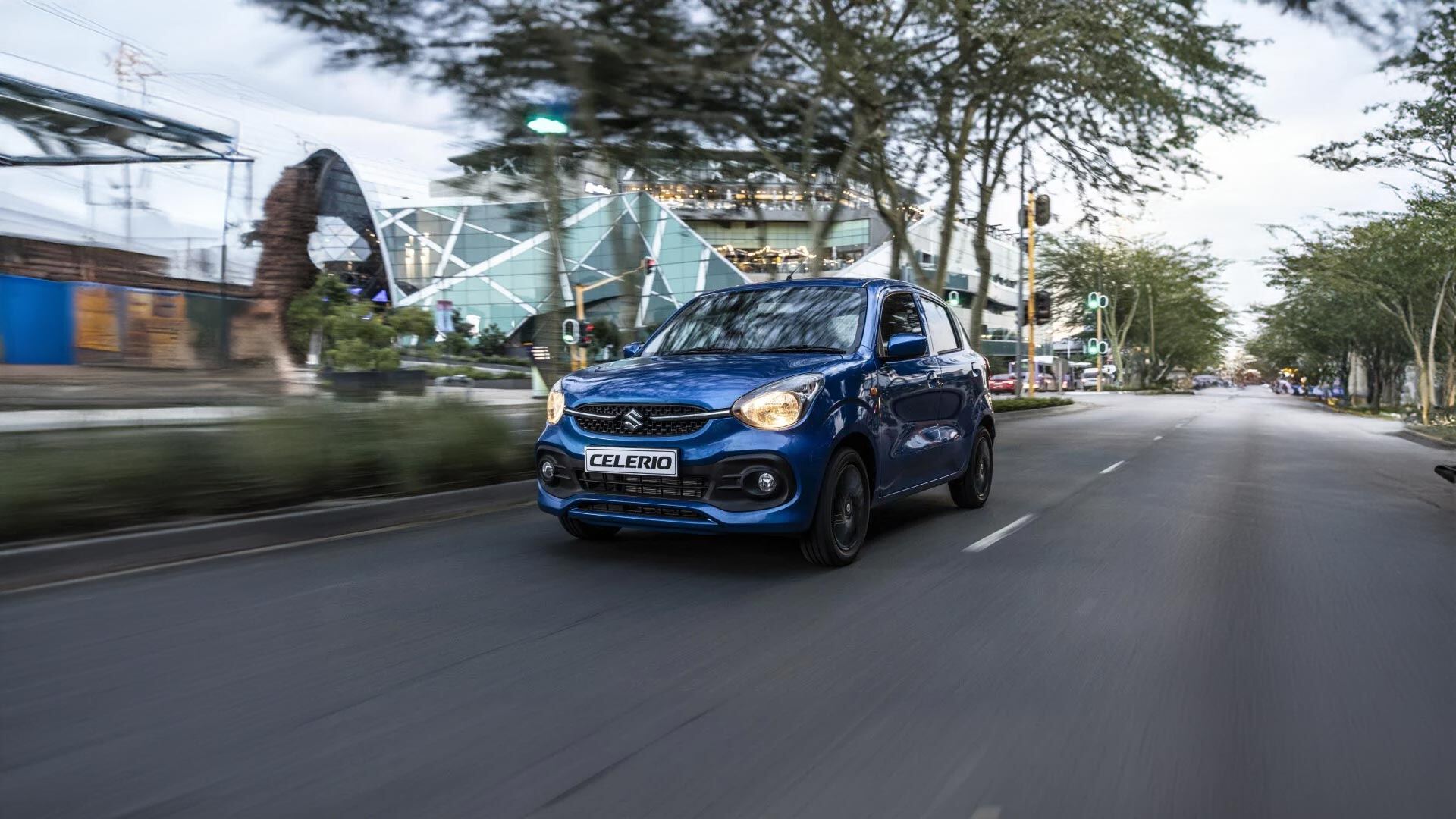 There are all types of Petrolheads: some want to keep their vehicles in perfect original condition and others want to tweak their rides. No matter which group you fall in, it’s good to be aware of ‘car conspiracies’ that can sometimes catch even the most experienced car fanatics off guard.
There are all types of Petrolheads: some want to keep their vehicles in perfect original condition and others want to tweak their rides. No matter which group you fall in, it’s good to be aware of ‘car conspiracies’ that can sometimes catch even the most experienced car fanatics off guard.
The automotive industry is massive and car fanatics love talking about cars, which means there is a plethora of car-related content to be found online. This significantly increases the risk of running into car conspiracy theories.
Some have been around for so long, that many people don’t realise they’re inaccurate. So, in the spirit of automotive truth, we’re debunking a few of these conspiracies.
1. Fuel additives will make a huge difference in performance.
This theory actually has some truth to it, but it is very outdated and only applies to certain vehicles, with certain types of engines. Until around 30 years ago, certain fuel additives could make a difference, but modern engines have become so refined that they are (mostly) already running at optimal performance.
These days, fuel additives are more of a cleaning agent added to your fuel. They tend to benefit older or higher-mileage vehicles with carbon build-up, and cars that have been standing for long periods of time.
Newer vehicles do not need fuel additives. And they can cause deposit build-up in the engine.
Octane Booster, which is a popular topic in the car community, works by increasing the fuel octane used in the vehicle via a chemical process. South Africans are limited to 93 or 95 octane and this can result in some vehicles not performing as well in SA as their international counterparts.
Octane boosters can improve a vehicle’s performance both in terms of power and fuel consumption, as well as maintaining the longevity of the fuel system. Newer vehicles are equipped with high performing management systems that will compensate for bad fuel, and essentially already does the job of an Octane Booster.
Unless you are driving a high compression vehicle, you will experience very little to no performance gain with Octane Boosters.
The fuel additive theory has become irrelevant with modern engine technology.
2. Any soap or water will do – just hose it down!
Please no! As with washing your hair, not all shampoos are equal. Never use Handy Andy, sunlight liquid or any other degreaser on the body paint of your car, as it will start to peel away the clear coat.
Invest in good quality products such as Gyeon, Car Pro, Meguiars, and Turtle Wax, etc. Use the two-bucket method (one with soap and one with water), always rinse your washing mitt (sponges can be abrasive) to ensure you don’t scratch your paint.
Wash and dry the vehicle in single strokes from left to right so you don’t create swirls. Use a microfiber towel to dry the car and not a chamois as it can leave streaks. To get into those tiny areas, such as badge edges, use car-cleaning brushes.
It’s always best to polish a vehicle after it has been washed to ensure that less washing is required, and that the paintwork is protected from acid rain, industrial fallout, and bird droppings. If you do happen to encounter pesky bird droppings or tree sap drops on your vehicle, rinse immediately, because they can burn and possibly damage the paint.
You do not need to leave your car wax or polish on your car! We have seen many cars on the road with polish or wax that has not been wiped off. This can do more harm than good.
If you really want to keep your car sparkling, invest in a ceramic coating that will leave your paintwork looking new and glossy for a lot longer. Depending on the cost (and we advise that you have a professional do this), the ceramic coating can last anywhere between six months and three years. If you buy a second-hand vehicle, the paintwork might need some correction, which includes decontamination before applying ceramic coating – your car will love you for it!
Don’t use silicone on your tyres to get that shine, as it will land up all over your paintwork when you drive off. Use a reputable tyre cleaner, or the same soap that you’re using for the exterior of your car.
Use an all-purpose cleaner such as Meguiars for the interior of the car. If you have a leather interior, regularly condition it to ensure the leather remains supple and beautiful for years to come.
Side note: proper vehicle TLC makes a huge difference
In 2008, Suzuki Swift Speed Club member, Brendon Carpenter, bought his first Suzuki Swift. Six years later he sold the car with 127 000km on the clock. Thankfully, he sold it to another Petrolhead, who took equally good care of it, and today this 12-year-old Swift still looks brand new.
See pictures and Brendon’s comments below:
“This is very cool! The car that started it all. I had it for six years and now the current owner has had it for 6 years. It’s still so fresh! 12 years of happy Suzuki motoring. A very cool post from Swift Speed SA. I miss that car! We don’t ‘own’ these cars. We are merely their custodians for a moment in time.”

3. Dents or scratches are easy to fix – just check YouTube
If you love your car, please don’t consult YouTube for how to remedy dents and scratches! If scratches have gone through the clear coats and into the paint, chances are you will not get the scratch out. Using an abrasive polish can end up doing even more damage to a larger area.
For very small scratches, we always recommend getting a professional to check out any damage to your car’s paint. If you’re not sure where to start, you can always ask your dealer who can point you in the right direction.
DIY minor dent removals, such as using a plunger or the boiling water method, won’t always be effective. It depends on where the dent is located on the vehicle, the size of it, and the material of the body panel. Usually, the paintwork will also be damaged, and will need attention.
You might be tempted to do vehicle maintenance and repairs by yourself, but you could cause further damage to the vehicle. Leave it to the professionals.
This is one thing most Petrolheads learn early on: it’s tempting to want to fix things ourselves, but if you really love your car, you’ll make sure it gets the expert attention it deserves.
4. Real Petrolheads all modify their cars
Not true! Petrolheads are all different: some prefer all-original, others are obsessed with power, some just want to get off-road and some want to tinker and modify.
You don’t need to modify your car to prove anything. If you’re itching to look into lowering suspension or increasing power, we advise extreme caution – because the last thing you want to do is damage your car.
Download our guide to questions you can ask your dealer
Is your car still under a maintenance or warranty plan? If you want to keep this plan intact, you need to work with an OEM (Original Equipment Manufacturer) dealership to make any changes to your vehicle. There are many OEM-approved options, from body kits to performance software, which won't damage your vehicle or affect your warranty.
If the warranty is not a concern, we advise even more caution! Join a car club that is relevant to your modifying tastes (and type of vehicle), and do your research. There are plenty of risks with non-OEM-modifications, but if you are determined to go that route, do your homework.
Speak to owners who have had the same modifications done to their vehicles – preferably the same model as yours. You’ll often find that some modifications (such as dropped suspension) look great, but make the vehicle almost undrivable on normal roads. If this is your daily ride, you need to keep that in mind.
A real car fanatic puts the quality of their vehicle first – if research shows that your car doesn’t do well with modifications, then steer clear. The most important thing is to keep your vehicle in top condition.
Are you ready to become a petrolhead? Download our aspiring petrolhead checklist and test your passion for cars.
The Suzuki blog is jam-packed with helpful articles on all things auto. Sign up here and get our articles sent to your inbox.




.png)